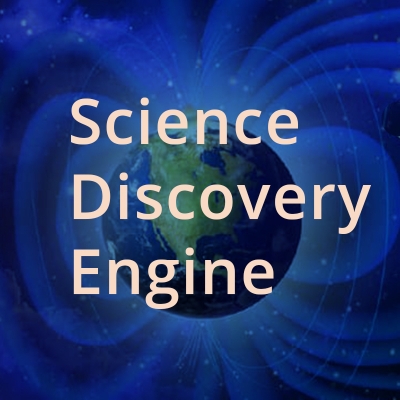The Algorithm Publication Tool (APT) is an exciting new addition to the algorithm theoretical basis document (ATBD) authoring and publishing process. Required by NASA, ATBDs describe the physical theory, mathematical procedures, and assumptions made for developing scientific algorithms that convert radiances received by remote sensing instruments into geophysical quantities. The APT offers a standardized development process by providing a single authoring tool and central repository for NASA’s Earth Science Division.

Started in 2019, the APT is designed to support the unique needs of scientific writing by creating a high quality user-friendly authoring tool that generates PDF and HTML versions of final documents. Further development has added more user-friendly capabilities. An ATBD author can seamlessly add complex equations using LaTeX; track ATBD versions; and automatically number and label equations, tables, and figures. Document citations are provided for all public ATBDs. The APT uses Amazon Cognito for document author and reviewer access to ensure secure access before document release. The application also provides users with assistance, guides, completeness tracking, and reminders to save work.
A key feature of APT is the preparation of ATBDs for journal publication. The APT generates journal review ready PDFs which, if desired by the authors, can be submitted to the AGU Earth and Space Science Journal. The APT developers have streamlined the submission and review process with the journal to speed publication.
IMPACT team member Anthony Boyd shares his concept of APT, “Currently, you have to know people in the Earth science community in order to find the most up to date version of the ATBD that you need for your research and/or product development. With APT, users will be able to reference this website and discover the document and information they need.” This centralization promotes open science by providing a standardized ATBD template, which ensures consistency in algorithm documentation.
The APT has three parts. First, the authoring environment in which approved ATBD authors add content into the template and collaborate with co-authors. Second, the public user interface which contains publicly available human and machine searchable and readable ATBDs. The search function makes use of both the identifying metadata and the ATBD content. Users have the ability to view the public ATBDs either as HTML or PDF documents and download the formatted PDFs. Third, the APT has a governance dashboard for the curator to monitor authorized user activities and to obtain tool metrics and ATBD information.
Team member Aaron Kaulfus suggests that APT could be useful to people in other fields because it is developed using a standardized content format. The underlying ATBD content model can be changed relatively easily to make it useful for other standard document creation and management. In fact, according to project owner Deborah Smith, the APT has already been borrowed and is currently being adapted to speed development of a report generation tool, called the RGT for the NASA Satellite Needs Working Group. This adaptation uses the same approach, with all content in the reports consisting of metadata which can be easily searched and reused. The RGT, she says, is just one example of potential other uses.
Currently, there is only a demonstration ATBD available to non-authorized users (public). Explore the APT website. If you need to author an ATBD, apply for an account and let the team know what ATBD you will author.
More information about the APT can be found at NASA Earthdata.
More information about IMPACT can be found at NASA Earthdata and the IMPACT project website.



